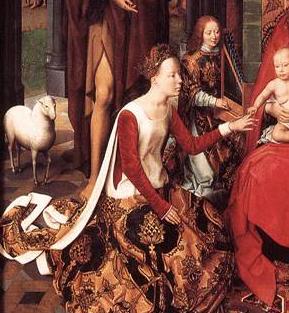I?m a moral particularist. I believe that some words and concepts have moral significance, but we can only tell whether they are good, bad, or neutral in particular cases. Abstracted from any specific context, they have indeterminate significance. Examples include love, loyalty, pleasure, courage, and generosity. These words and concepts are indispensable. We cannot replace them with ones that have determinate and predictable significance without oversimplifying morality. Therefore, moral judgment ought to be about whole situations, not about abstract concepts.
I?m also a cultural particularist. I believe that people have large sets of values, experiences, preferences, and opinions that jointly constitute their ?cultures.? Often, many people who live at roughly the same time and place share a lot of ideas, values, etc., and then we say that they belong to the same ?culture.? However, there is usually no single perspective, worldview, premise, or foundation that defines or underlies their culture. Thus there may be no precise boundary to a culture; and we can often classify one person as a member of several cultures at once. Some philosophers have argued that the various cultures of the world are fundamentally incompatible or unable to comprehend one another. But every member of a complex, reasonably free society will have slightly different ideas, experiences, and values, so each person can be described as having his or her own ?culture.? This is a reductio ad absurdum; it suggests that there can be no deep incompatibility among cultures (or else no one could understand anyone else). If everyone in a society does share exactly the same set of values, then we suspect that they are deprived or politically repressed.
These two forms of particularism are independent and separable, but they go together well. The combined position has implications for moral reasoning and the humanities. I?m spelling out the implications in my book on Dante, which is nearly finished.
However, I recently realized that there is a phenomenon that particularists have difficulty explaining: coherence.
 Last week in Bruges, Belgium, at the medieval Hospital of St. John, we saw an altarpiece by Hans Memling that’s sometimes entitled the “Mystic Marriage of St. Catharine.” (The picture to the right is just a detail; click
Last week in Bruges, Belgium, at the medieval Hospital of St. John, we saw an altarpiece by Hans Memling that’s sometimes entitled the “Mystic Marriage of St. Catharine.” (The picture to the right is just a detail; click